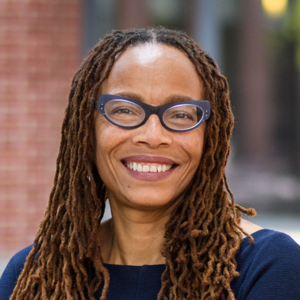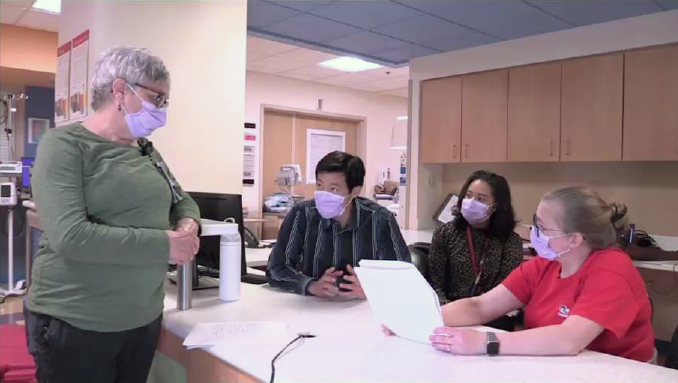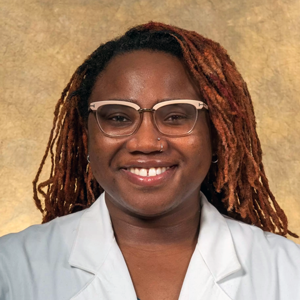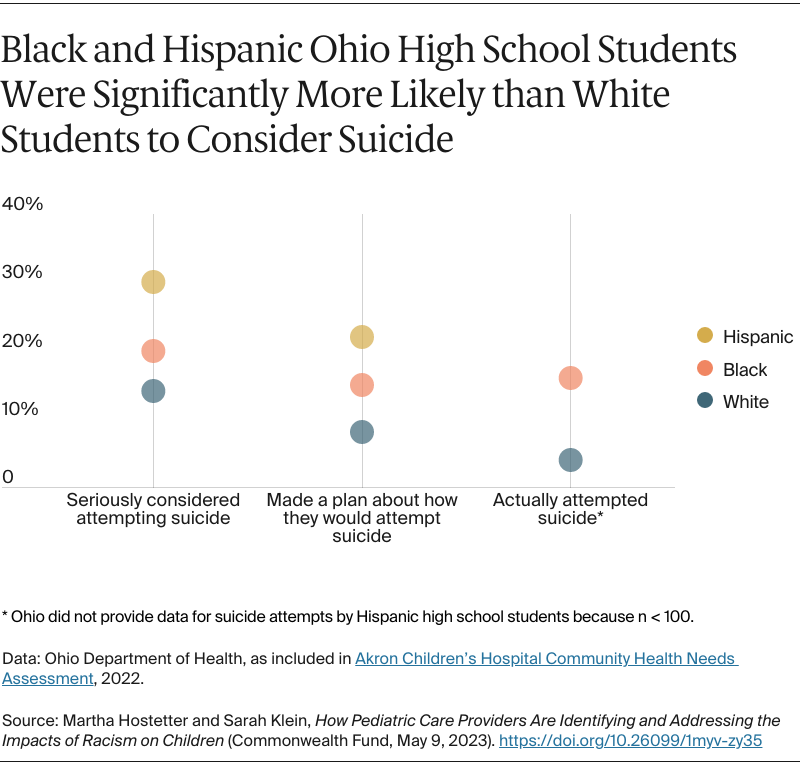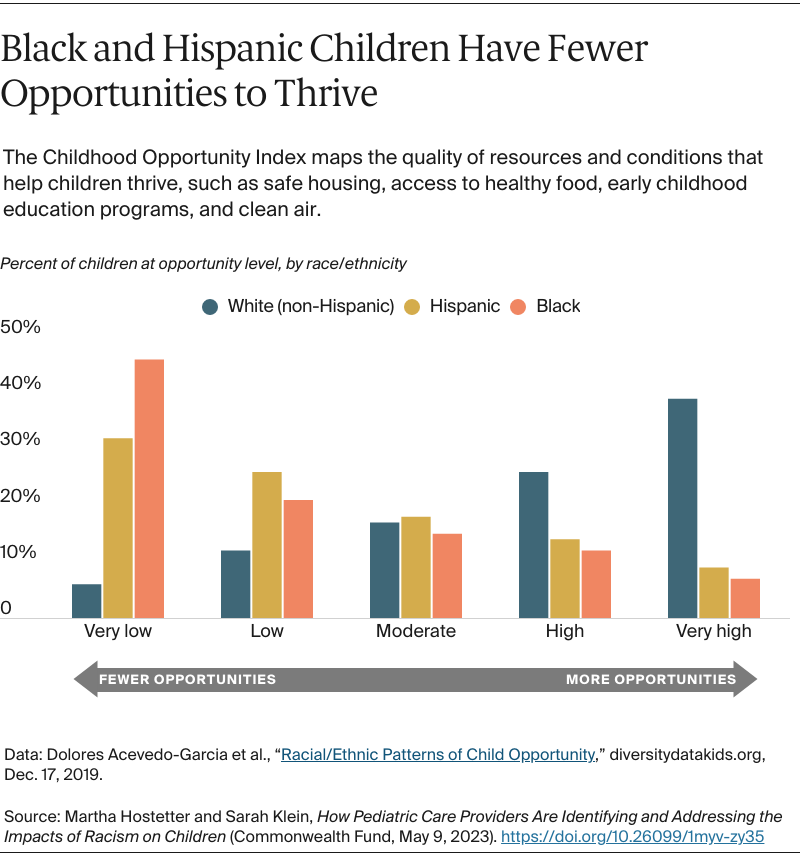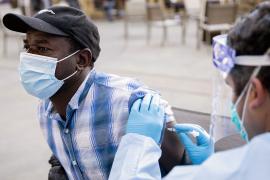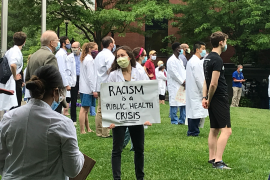Last year, in explaining why he quit a job he’d once loved, pediatrician Benjamin Danielson, M.D., described the torment of seeing a Black parent whose son was being treated for a lung condition being reported to child welfare authorities. Hospital staff told Danielson — now a clinical professor of pediatrics at the University of Washington School of Medicine — the boy’s mother wasn’t exhibiting the emotional response they expected, and they questioned whether she understood the severity of his illness and could adequately care for him. The mother confided in Danielson, a Black doctor she’d known for more than a decade, that she was troubled by their questioning and was terrified of showing any emotion for fear of being separated from her son.
As Danielson came to learn, she and her siblings had been placed in foster care as children after their own mother had become frustrated and angry with hospital staff caring for one of her siblings. Danielson, who knew his patient’s mother to be a loving and capable caregiver, saw not just the trauma the child welfare system inflicts, but also the exhaustion the woman was experiencing juggling her job, other child care obligations, and the hour-long bus ride to the hospital. Having to attend additional meetings and conform to the child welfare agency’s expectations only made matters worse: eventually, the mother lost her job, putting a family with few resources into an even more precarious position.

